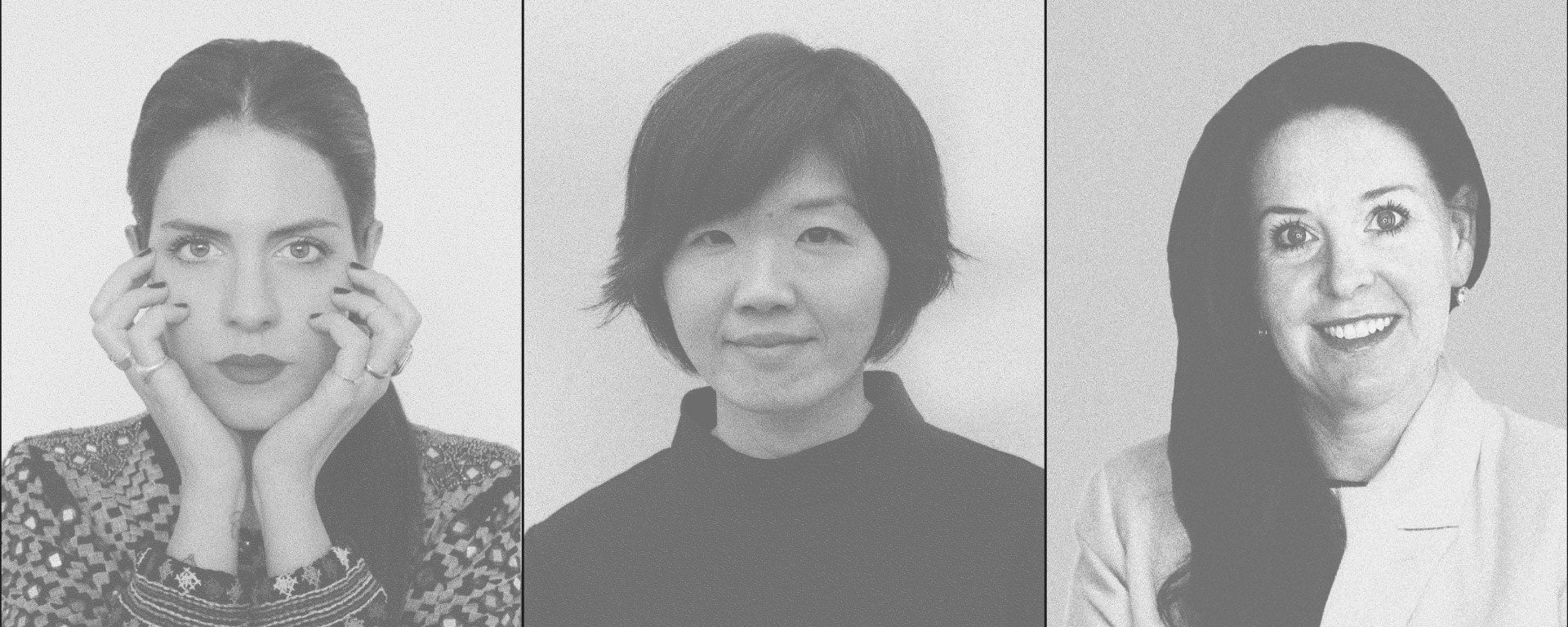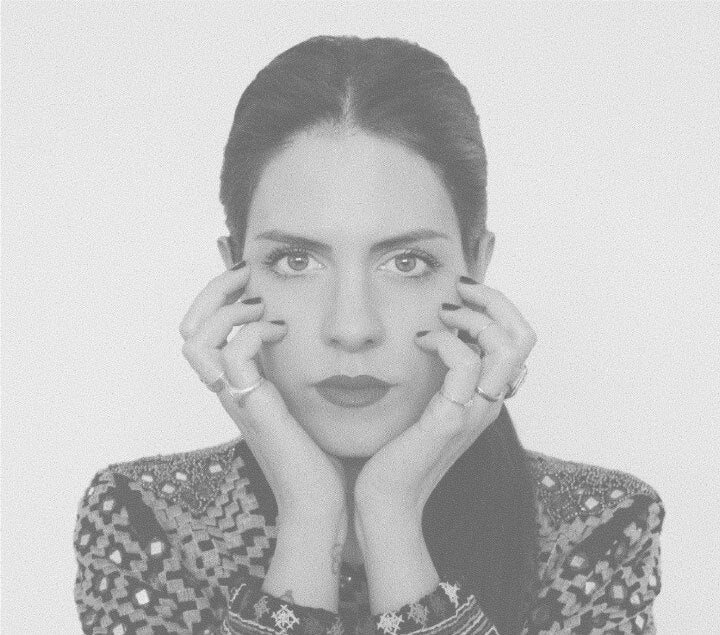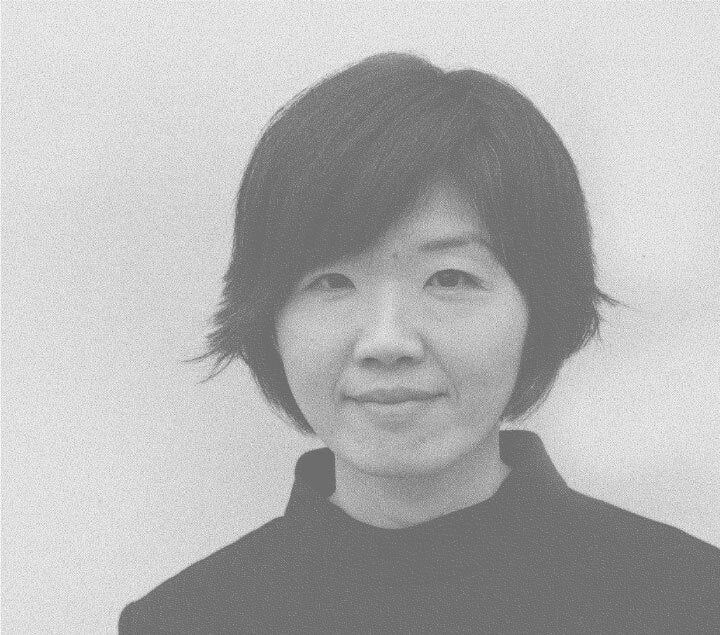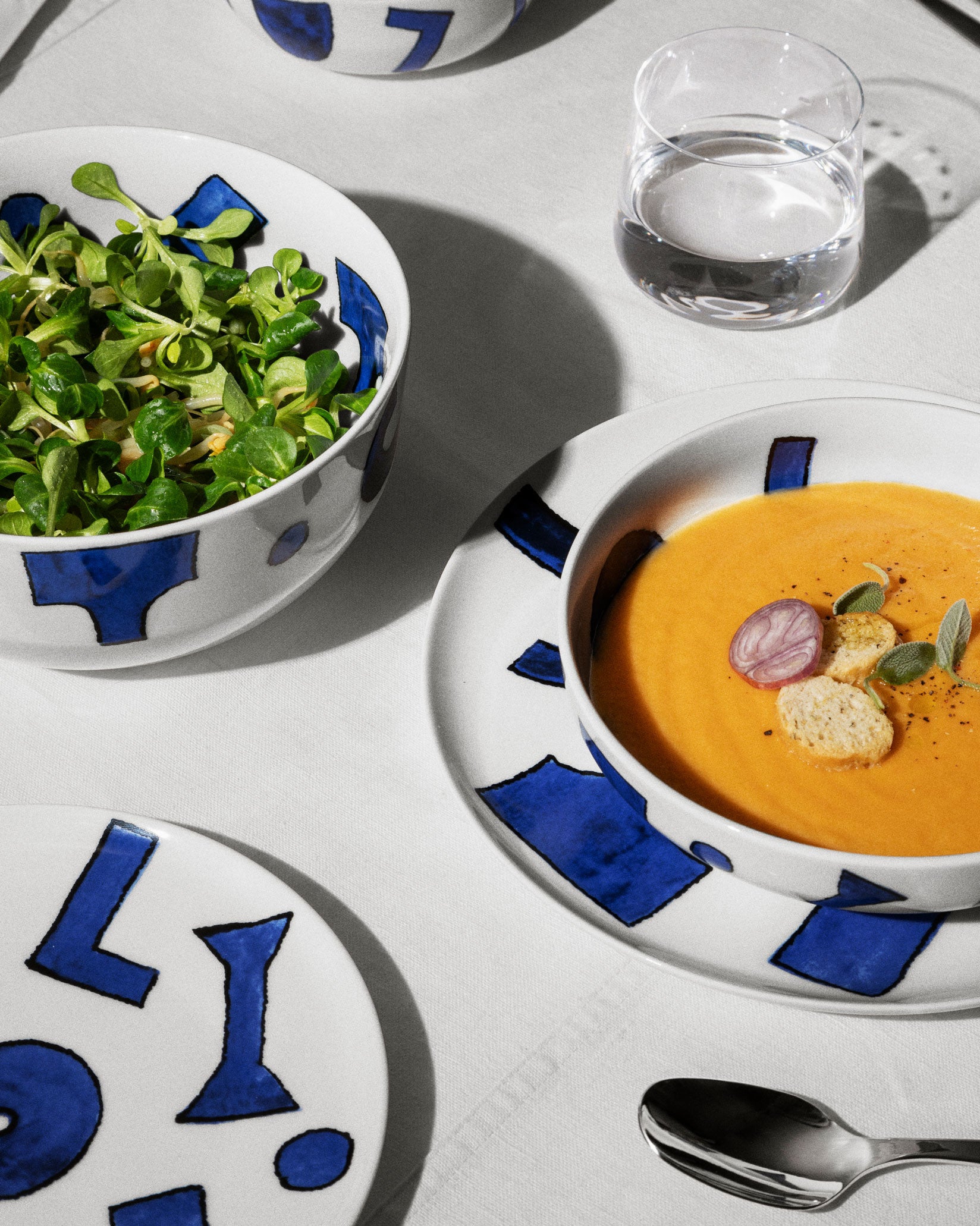
Designer Stories | International Women's Day Edition
Alessi is pleased to interview Elena Salmistraro, Sakura Adachi and Abi Alice, to explore the main sources of inspiration that characterize three of the most renowned international designers.
March 8, 2024

Elena Salmistraro DISCOVER MORE
Inspiration is a matter of training
I believe the most powerful source of inspiration is life itself, there’s no pinpointing a specific moment or element that sparks inspiration - it’s more like a continuous flow. In reality we move swiftly from phases of monotony and emptiness to moments charged with excitement, where capturing thoughts and intuitions feels imperative because anything can serve as inspiration. Personally, I view inspiration as something honed through practice—a process that involves training the eyes, enhancing observation and deepening understanding. It's about letting oneself be carried away, dreaming, and reinterpreting. I couldn't even name one or two fixed sources if I tried because they change rapidly: one day, it might be a comic book; the next, a photo; or even everyday experiences, encounters, or stories.
Nature itself offers a vast array of shapes, colors, and textures as a sampler. Then there's art, literature, music, cinema, and fashion. It is the combination of all these influences that creates a rich, diverse and powerful fabric on which to shape one’s creativity.In my work, I tend to layer and interweave elements to add depth and meaning, but also as a way to honor what has inspired me and contributed to my creative process.
Nature itself offers a vast array of shapes, colors, and textures as a sampler. Then there's art, literature, music, cinema, and fashion. It is the combination of all these influences that creates a rich, diverse and powerful fabric on which to shape one’s creativity.In my work, I tend to layer and interweave elements to add depth and meaning, but also as a way to honor what has inspired me and contributed to my creative process.
Timeless Memories
If I could, I would have drawn La Cupola by Aldo Rossi. It's probably the first object that left me in awe, making me dream and smile. I was a child, so I don't remember exactly if it was a dome or a cone, but that detail isn't important. However, I do remember fixing my gaze on that object in my grandmother's kitchen, unable to understand what it was; it caught my eye because it seemed almost alien compared to everything else. I wanted to play with it as if it were one of my toys, but instead, I was surprised when my grandmother used it to make coffee.It may have been the first time I found myself face to face with an undeniably masterful combination of form and function applied to an everyday object, in my opinion, the perfect balance between aesthetics and practicality.Who knows, maybe it's thanks to that coffee maker that I decided to dedicate myself to designing objects.
Design means reaching out to others
There is a slight difference between art and design. While design is accessible to everyone, democratic, art does not follow this priority; it does not concern itself with the user. Art displays itself, offers itself, expresses itself for anyone who wishes to perceive it. It's as if the designer must focus necessarily on the end user, while the artist has the priority of expressing themselves lucidly. Some objects require to be more accessible, easy to understand, pragmatic in their essence, and precisely this makes them wonderfully interesting. Others, instead, must convey a message, layer themselves, become expression and stimulus.What drives me daily to work at my best is also the attempt to express myself by seeking others. Obviously, I don't claim to want to reach everyone, because I know not everyone will understand, but I hope that, time after time, those who do manage to do so increase.

Sakura Adachi DISCOVER MORE
It all starts with curiosity
Everything around me inspires me to design new products. I usually design products based on how people interact and behave with the environment they are in. I often try to observe people’s habits and behaviors wherever I go, for example, on public transports, shops, restaurants or on the street, and I ask myself why they behave in a certain way but not the other. I guess always being curious about people and things around me is the essential aspect to my design because good products stay around people for a long time to help them achieve what they have to do. Ultimately, we need daily use products to make our everyday life better, so products have to be flexible in order to respond to our convenience and versatility.
Objects with no designer
Butterfly stool by Sori Yanagi is an object that I particularly appreciate. It’s an iconic stool but it is also simple, elegant and practical. His design is timeless and represents the beauty of everyday things - not just functional beauty but incorporating a beauty of people actually using and interacting with the objects. There is something in common with anonymous design - the objects without a designer, the objects that are modified and improved by people using them over their long history, which results in their current aesthetic state.I respect the way he sees the ideal form of design.
Designing for people
I design for the people that will actually use the product. It is important to set up who I am designing for in the very beginning of the project and try to understand them not only from the point of view of their routine, behavior, habits and some other practical aspects but also from the point of view of their taste, interest, preferences and some emotional aspects. Also, talking with these people and listening to what they say often helps me direct my design.

Abi Alice DISCOVER MORE
Ratios and geometry
My practice extends across a range of media, from design to painting, photography and sculpture and whilst I move between different mediums, my interest in geometry and mathematics, and my focus on arriving at harmonious forms, has been a constant inspiration.I have always believed mathematics, geometry and colour to be universal languages. They all resonate with our collective consciousness and can communicate across cultural and generational differences, whilst also having the potential to have an uplifting effect on our emotions. Working with traditional making processes, and experimenting with progressive technologies is always a great inspiration. I continually find inspiration and beauty in the details, whether that be through material finishes or colours. I always aim to use materials that are sensitive to our ecology, and it is my hope that my designs will be enjoyed by their owner and then passed from one generation to the next.
The Telescope
The lens of the telescope has always been a fascinating and inspiring piece of ingenious design to me. Its creation began with the curiosity of a spectacle maker named Hans Lipperhey in the Netherlands in 1608. He experimented with glassblowing and grinding glass rods to create glass spheres that could magnify. Remarkably, the humble origins of the lens were like a seed that for centuries proliferated progressive thinking and led to so many of humanity's greatest discoveries, highlighting the power of curiosity. The telescope lens was an instrument for explorers, allowing them to map the continents for the first time. It also enabled astronomers to observe the cosmos, with one of the most recognized astronomers being the Italian, Galileo. He learned of the discovery of the lens in 1609 and went on to create many versions that allowed him to map the geometry of the stars. As a designer, there is no greater hope and desire than to design something that has a positive impact on humanity and inspires future innovation and creativity.
Design for oneself
Primarily I design for myself. I find the creative process very rewarding and invigorating. I have a vision of a form or an idea that I would like to bring to life. I explore, experiment and prototype in my studio. I prefer not to discuss or share my creations until they are complete. I like to keep an element of surprise. Sometimes, this vision involves both functionality and a desired aesthetics, or a desire to use a particular material or production process. Other times, I design something because I couldn't find an existing alternative available.I equally enjoy the challenge of applying my creativity to a brief that has been given to me. When there is an exciting synergy with a collaborator, who shares a similar ethos for creativity, sustainability, and excellence in craftsmanship, then collaborating and working with like-minded individuals and companies can be very rewarding.


